Thyssenkrupp's $3 billion green steel plan is not entirely dependent on hydrogen
Thyssenkrupp has said that a green steel plant worth 3 billion euros could still be built even if the government's ambitions of building a world-leading hydrogen industry fail. Friedrich Merz of the German opposition, who is expected to win next month's elections and become chancellor, said on Monday that a rapid shift to hydrogen would be unrealistic.
Petrofac UK signss binding agreement with its creditors regarding financial restructuring
Petrofac, a provider of oilfield services, announced on Sunday it had reached a binding agreement on terms for a restructuring with its key financial creditors. The company stated that the plan will include $325 million of new funding as well as the conversion of $772 million of existing debt to equity. In a recent statement, Group…
Mitsubishi buys stake and offtakes ammonia in Texas from ExxonMobil
The Japanese trading house Mitsubishi announced on Friday that it had reached an agreement in principle to purchase a stake and take delivery of low-carbon ammonia produced by ExxonMobil at its hydrogen plant in Texas. As part of its decarbonisation campaign, Japan aims to increase the use of ammonia and hydrogen in power plants and for other uses, such as steel and automobiles.
Japan Takes the Lead on Ammonia as Maritime Fuel
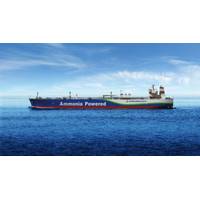
Late last year Japanese maritime leaders – Nippon Yusen Kabushiki Kaisha (NYK), Japan Engine Corporation, IHI Power Systems Co., and Nihon Shipyard Co., Ltd. – signed a series of contracts to buid the world's first ammonia-fueled medium gas carrier (AFMGC) equipped with Japan-make engines. The target is a completed ship by November 2026.While the project is significant…
Exploring 'Future Fuels' - Methanol’s Superstorage Solution
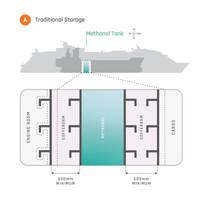
Technical inquiries to SRC Group ramped up after it received Approval in Principle (AIP) for a concept which ‘reinvented methanol fuel storage’ on board ships. Delivering the answers has seen technical talk converting into project discussions ‘Green’ methanol has the ability to one day run vessels almost emission-free, and commercial shipping increasingly investigates.
Erma First CCUS Earns LR AIP
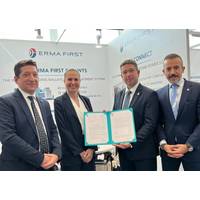
Lloyd’s Register (LR) has awarded Approval in Principle (AiP) to ERMA FIRST for its amine absorption-based Carbon Capture & Storage (CCS) system.ERMA FIRST’s CCS system uses absorption technology to mix CO2 (carbon dioxide) flue gases with a proprietary amine solvent, which is then heated to produce a chemical reaction which reverses the absorption and separates the CO2 from the solvent.
ABS AIP for Floating Offshore Nuclear Power Barge
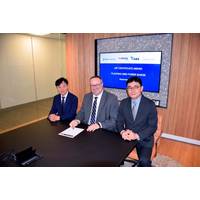
A design for a floating offshore nuclear power barge from HD Korea Shipbuilding & Offshore Engineering (KSOE) and KEPCO Engineering and Construction Company, Inc. (KEPCO E&C) received approval in principle (AIP) from ABS.Project collaborators include ABS, HD KSOE, KEPCO E&C and the Liberian International Ship & Corporate Registry…
LPG: Dual-Fuel Engines Prove Their Worth
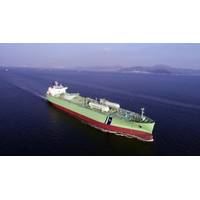
BW LPG has demonstrated the value of dual-fuel LPG operations beyond the company’s initial aim of meeting IMO 2020 Sulphur Cap regulations.In October 2020, the LPG carrier BW Gemini became the first very large gas carrier (VLGC) to have its low-speed main engine converted to an LPG dual-fuel engine. The project started several years earlier…
ClassNK AiP for Ammonia Fuel Supply System
ClassNK issued an Approval in Principle (AiP) for an ammonia fuel supply system for oil tanker and container ship developed by Samsung Heavy Industries (SHI).ClassNK carried out a review of a conceptual design of the system developed by SHI based on the part C of its "Guidelines for Ships Using Alternative Fuels".
Tech File: Battery Power Breakthrough in Ice
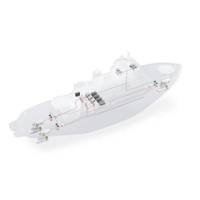
An ABB study based on three years of operational ship data mounts a case for integrating battery power onboard modern icebreakers, writes Samuli Hänninen, who specializes in icebreaking vessels at ABB Marine & Ports. The maritime industry is still at the formative stage of realizing the gains available from batteries, but the ability…
NH3 FPSO Concept: Floating 'Green' Ammonia Production gets DNV AIP
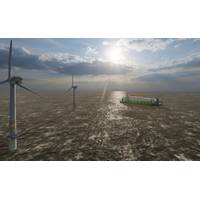
An industrial-scale concept for a floating production unit to produce green ammonia has secured Approval in Principle (AiP) from DNV, and the project is now ready to start the Basic Design phase.The NH3 FPSO concept is being developed by Netherlands-based SwitchH2 BV and Norway-based BW Offshore and will be built through conversion…
MAN ES: Moving Forward on Ammonia Engines
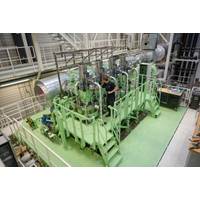
As shipowners ponder future fuels, MAN Energy Solutions is sailing full speed ahead optimizing dual fuel marine powerplants while preparing to start testing ammonia fueled engines in early 2023. Bjarne Foldager, Senior Vice President, head of two stroke business at MAN ES hosted Maritime Reporter & Engineering News in Copenhagen…
MTR100: For USVs and AUVs, is it a Hydrogen Future?
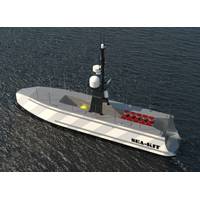
Hydrogen has been making big headlines in the energy world. It’s one of the potential routes to deliver high density energy to transport and heavy industry – but also to marine applications, as well as a way to move and store renewable energy. Various uncrewed surface vessel (USV) developers, autonomous underwater vehicle (AUV)…
NYK to Modify Tugboat to Ammonia Fuel at Keihin Dock Co.
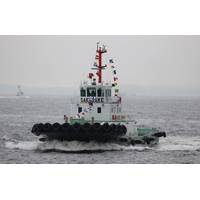
NYK finalized a contract with Keihin Dock Co., Ltd., an NYK Group company, to modify a tugboat to ammonia-fuel specifications. Sakigake, a tugboat currently fueled by liquefied natural gas (LNG) and operated in Tokyo Bay by NYK Group company Shin-Nippon Kaiyosha Corporation will be converted to operate on ammonia fuel by a target…
Mitsubishi Shipbuilding, NYK Line score ClassNK AIP for Large LCO2 Carrier
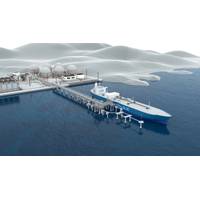
Mitsubishi Shipbuilding, a part of Mitsubishi Heavy Industries (MHI) Group, and Nippon Yusen Kabushiki Kaisha (NYK Line) wee granted Approval in Principle (AiP) from ClassNK for joint development of CO2 transport technology for liquefied CO2 (LCO2) carriers.LCO2 carriers transport liquefied CO2 at low temperature and high pressure, which is contained in the cargo tank system.
New Tanker Ship Design Reportedly Hits IMO 2050 Emission Targets Using Fossil Fuels
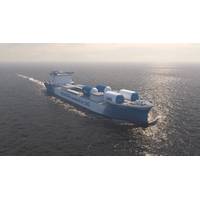
RINA issues an Approval in Principle (AiP) of Swedish designer FKAB Marine Design’s hydrogen powered MR Tanker, the first AiP of a design using currently viable technology and fuels that achieves IMO 2050 targets. Conceived by the class society and designed by FKAB, the propulsion is based on combining the ship’s fuel (LNG) with steam to produce hydrogen and CO2.
Tech File: SHI Develops onboard Carbon Capture System
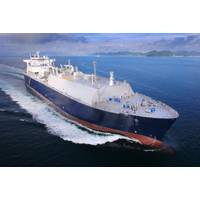
SHI reports that it has successfully developed an 'Onboard Carbon Capture' system which can be applicable to LNG fueled vessels with PANASIA, an eco-friendly and energy system expert, and received Approval in Principle from KR, Korean classification society, for the first time in Korea.This approved green technology separates and collects carbon dioxide among exhaust gas of LNG…
ClassNK AIP for “K” LINE, Shin Kurushima Dockyard Ammonia-fuelled PCC
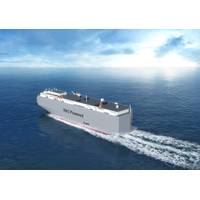
ClassNK issued an Approval in Principle (AiP) to Kawasaki Kisen Kaisha, Ltd. (“K” LINE) and Shin Kurushima Dockyard Co. Ltd. for the jointly developed design of an ammonia-fueled Pure Car Carrier (PCC).Ammonia is attracting much attention as a 'fuel of the future' in the maritime sector, expected to be used as decarbonized fuel for ships since it does not emit CO2 when burned.
Inside the Red-Hot Offshore Wind Energy Market
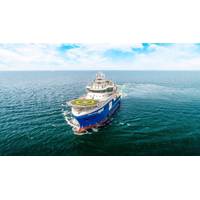
As the traditional offshore oil and gas markets continue to struggle, the renewable offshore wind market is hot and getting hotter.As the cumulative maritime, offshore, port and logistics marketplace gears up for offshore wind energy on a huge scale, World Energy Reports (WER), in its report “2021 The Year When Offshore Wind Takes Off in the United States,” shows the anticipated growth trajectory.
Space Tech Meets Maritime: Composites Designed for Space targeted for LNG Tank Tech
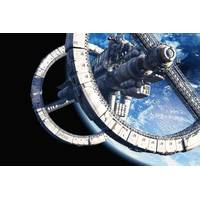
The SpaceTech4Sea project sees ABS, OceanFinance and Cimarron Composites joining forces to adapt composite technologies developed for the space industry to shipping. The first target: LNG tank technologyA project to adapt technology developed for use in space to maritime LNG fuel tanks received design approval from ABS.The SpaceTech4Sea project…
